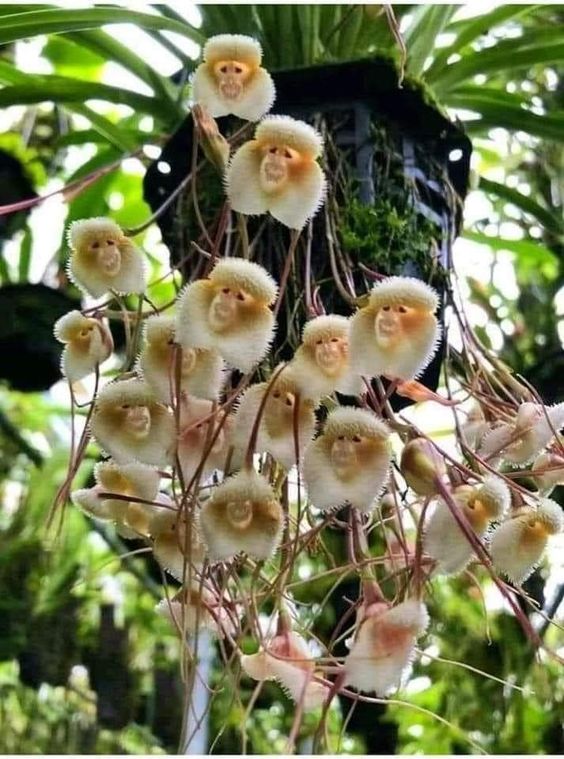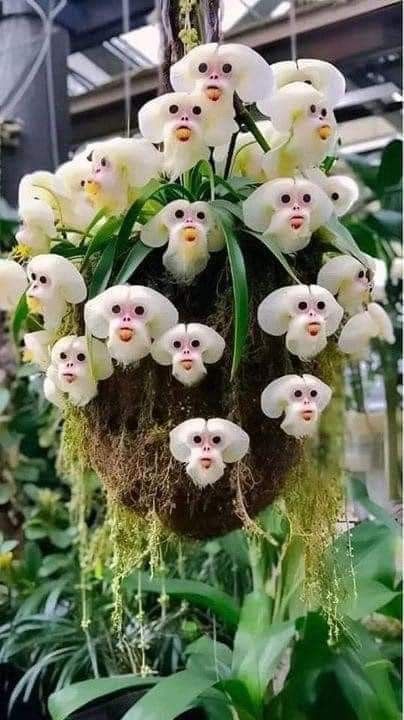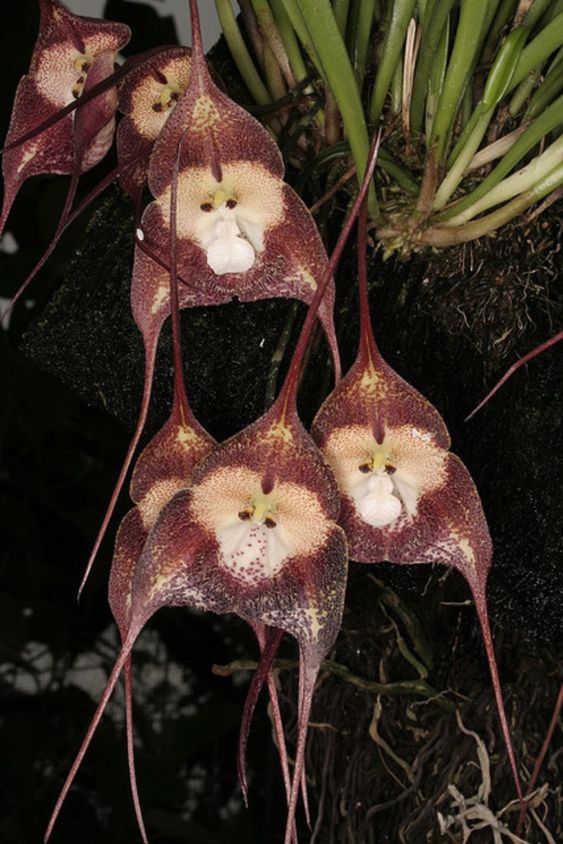The Monkey Orchid, scientifically known as Dracula simia, intrigues not only with its charming appearance but also with its ecological complexity and cultural significance. Originally classified within the genus Masdevallia, it represents a fascinating paradigm shift in taxonomy that reflects broader discussions around plant classification systems and the understanding of biodiversity . Native to the cloud forests of Ecuador and Colombia, this orchid thrives in cool, moist conditions, symbolizing the delicate balance of its natural habitat—an ecosystem under threat from climate change and deforestation. Its most remarkable feature, the flowers resembling monkey faces, invites a comparison to nature’s uncanny ability to craft forms that provoke emotional responses, almost challenging our perception of beauty and typical floral aesthetics. This remarkable morphological trait serves as an adaptive strategy; it attracts specific pollinators while simultaneously drawing attention to the exquisite interplay between flora and fauna.

The Aesthetic Appeal and Symbolism
This unique visual metaphor found in Dracula simia acts like nature’s very own Picasso, mixing art and science in such a way that we begin to anthropomorphize its shapes. This elevates the Monkey Orchid beyond horticulture into the realm of symbolism—evoking themes of connectivity, evolution, and adaptation. In cultures where orchids are celebrated, the peculiar look of this flower can signify much more than mere beauty. The faces in the blooms could be interpreted as reflections on the interconnectedness of all life, serving as a reminder of the larger relationships present in nature.
Biodiversity and Conservation Perspectives
From an ecological standpoint, the existence of the Monkey Orchid prompts critical questions concerning biodiversity and conservation efforts. As habitats shrink and species face extinction, the survival of such unique varieties becomes a focal point in discussions about how we prioritize and implement conservation strategies. Moreover, as one begins exploring various resources , like those detailing Dracula simia and its habitat requirements, it becomes clear how vital these species are as indicators of larger environmental health. Their presence—or absence—can reflect shifts in climate and impact broader ecosystems. The implications are profound; how do we, as stewards of the planet, advocate for preservation while balancing human needs for land and resources?

Cultural Impact and Awareness
In today’s global society, the Monkey Orchid fascinates researchers and casual admirers alike, leading to increased awareness and appreciation for lesser-known plant species. Social media platforms serve as modern vessels for knowledge-sharing and education . Pictures and anecdotes shared on Instagram or Facebook can spark curiosity, allowing individuals to delve deeper into topics such as ethnobotany—the study of how people use plants. Such conversations can ignite awareness surrounding the fragile ecosystems where these orchids thrive, fostering a collective sense of responsibility and prompting action towards their preservation.
Intriguing Comparisons
Furthermore, if we draw parallels to other legendary flowers like the corpse flower (Amorphophallus titanum), which emits a foul odor to attract specific pollinators, the Monkey Orchid elucidates the diverse evolutionary strategies plants employ for survival. Each species is equipped with adaptations perfected over eons, such as mimicry, scent, and shape, forming a nexus of fascination fueled by both educational venues and popular culture.

With Dracula simia, we orbit within a richly woven tapestry of scientific inquiry, aesthetic appreciation, and urgent environmental discourse. It encourages us to consider not merely the wonder of its existence but our role and responsibilities in safeguarding similar marvels for future generations.




